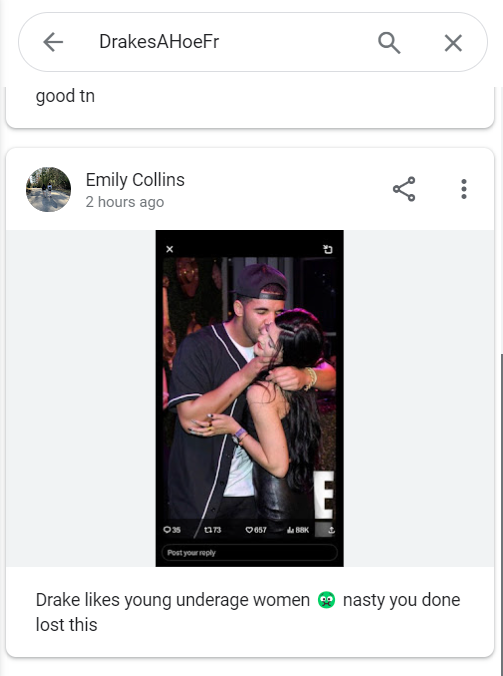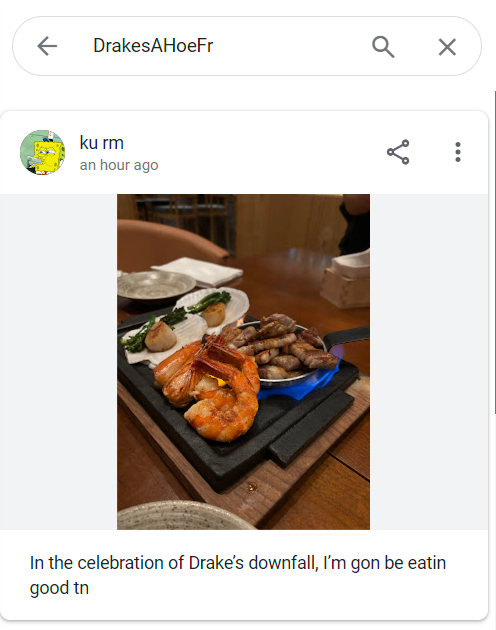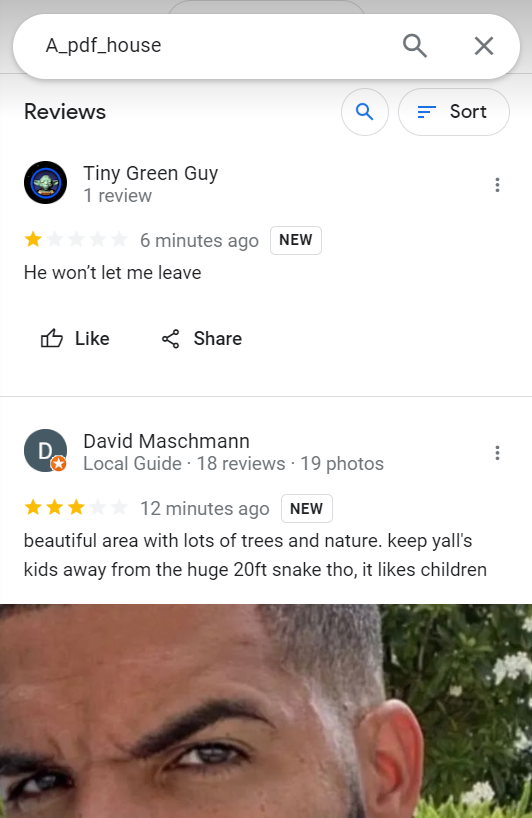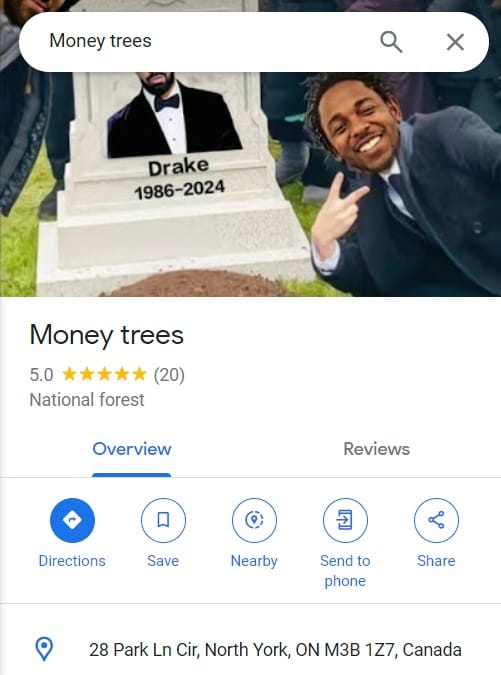For many years now, the internet’s anti-feminist Right has been developing a creation myth about feminists. The story they tell themselves is that, prior to the sexual revolution, women were happy. They had husbands, they had children. Families stayed together. Everything was good and peaceful because this was the natural order of things.
Then, one day, some mean, ugly, jealous feminists came around and ruined everything and, as Pat Robertson put it, “encourage[d] women to leave their husbands, kill their children, practice witchcraft, destroy capitalism and become lesbians.” For some reason this was very easy to do, despite how very joyously happy everyone was.
It’s a narrative that, especially with the rise of the manosphere/ Redpill/incel nonsense, has become more or less the unquestioned “truth” in certain parts of the extremely online Right. It has led to a group of women who have made names for their own selves by promoting the “tradwife” lifestyle, tweeting about how glad they are to not have jobs and to take care of homes and children, to have rejected feminism, Instagramming pictures of themselves in 1950s-style clothing and TikToking themselves baking sourdough in heels with a baby on their hip.
It’s a newer subculture, but already there are those who have seen the dark side of this shit and realized it was not quite as idyllic as it seemed. One of those people, rather shockingly, is Lauren Southern.
You probably remember Southern from the early days of the alt-Right. She was a conventionally attractive blonde white woman talking about how icky feminists and immigrants were and making documentaries about the plight of white South African farmers and showing up at marches for sexual assault survivors carrying a sign that read “There is no rape culture in the West,” which briefly made her something of a star … until she dropped out in order to live the tradwife life that she had spent so much time telling other women to pursue.
Shockingly, this did not end well.
In fact, it ended very, very poorly, and with Southern realizing that the lifestyle she had spent so long promoting was actually a full-on nightmare, as was the sort of man who also wanted to live that kind of life. More specifically, he was an abusive piece of shit, which she explained in an interview with Unherd, a pretentiously “heterodox” online magazine.
There were warning signs from early on. “If I ever disagreed with him in any capacity he’d just disappear, for days at a time. I remember there were nights where he’d call me worthless and pathetic, then get in this car and leave.” But she didn’t see them, thanks to the simplified anti-feminist ideology she’d absorbed and promoted: “I had this delusional view of relationships: that only women could be the ones that make or break them, and men can do no wrong.” So she didn’t spot the red flags, even as they grew more extreme. “He’d lock me out of the house. I remember having to knock on the neighbour’s door on rainy nights, because he’d get upset and drive off without unlocking the house. It was very strange, to go from being this public figure on stage with people clapping, to the girl crying, knocking on someone’s door with no home to get into, being abandoned with a baby.”
You see, as it turns out, feminists didn’t just want to destroy the family unit … they actually just didn’t want to live the way that Southern was living. As it turns out, neither did Lauren Southern.
Her husband got a job offer in his home country of Australia a few weeks after their baby was born and, of course, insisted she come with him. She wasn’t sure but he threatened her with divorce if she did not, as he apparently did every time they disagreed on anything.
This, also, did not go well.
Then, thousands of miles from friends and family, she reports becoming “the closest thing to a modern day, Western slave”. With no income of her own, she had to do everything: “The lawns, the house, the cooking, the baby care, his university homework. And I didn’t know anyone. I didn’t have any support. There was no help changing diapers, there was no help waking up in the night with the baby. I’d still have to get up, to make breakfast before work. I’d be shaking and nervous, for fear I’m gonna get yelled at.” Then he’d berate her for spending all her time on tasks other than earning money: “I was told daily that I was worthless, pathetic. Deadweight. All you do is sit around and take care of the baby and do chores.” When Covid shut down all real-world public life, her situation became “hell on earth”. It was, she said, “the only time in my life where I idealised dying.”
It increasingly got worse until, ultimately, he did divorce her for failing to be the perfect submissive wife after she disobeyed him by taking a trip back to her home country of Canada following two deaths in her family. She begged him to take her back, he refused and said he didn’t even want shared custody. She lived with her family and then in “a cheap cabin surrounded by woodland and trailers.”
She soon found out that not only had the manosphere lied to her about marriage, they also lied to her about divorce.
And yet, every manosphere talking point had turned out not to match her experience. It wasn’t true that only women mess up relationships. Being submissive didn’t fix everything. Yes, women mostly initiate divorce — but as she discovered, this can happen because a man wishes to avoid incurring child support liabilities. When she described her redpill-conditioned expectations of divorce to her lawyer, the woman laughed at how mistaken she was.
Incredible, isn’t it? It’s almost as if feminists pushed for fair treatment in the workplace and equal access to education and other opportunities and encouraged women to have careers, not because they “looked down” on those who didn’t, but because they wanted us all to have options. Because sometimes those options are an actual safety issue.
It’s almost as if they fought for liberalized divorce laws not to ruin families and hurt men, but because they realized that sometimes you just really need to be able to get out of a bad situation.
One of the most oddly disturbing aspects of this article is the author’s insistence upon comparing her own experience with her former so-called “radical Left” beliefs to Southern’s experience with the tradwife lifestyle. Mary Harrington had previously written another article for Unherd about her experience realizing, after giving birth, that feminists were dead wrong and that she actually loved her baby and wanted to be around her — and that she ended up doing more housework and childcare than her husband instead of things being split equally.
Ms. Harrington appears to have gotten her education on “what feminists believe” from the same places where Lauren Southern got her understanding of how marriage and divorce work.
Here, once-complex theories are swiftly distilled to their bare essentials, for maximum viral reach. As Southern puts it: “Follow the listicle, and you’ll be fine.” By the time she met her husband, she’d been condensing conservative values into “listicle” form as a media influencer for some years – to the point where it seemed possible to realise this framework in real life, too. So, when marriage beckoned, at 22, she tells me wryly: “I thought I’d won the lottery”. They were married within four months: arguably the equivalent, for the Right, of my Left-wing embrace of communes, anti-capitalist demos and niche sexual subcultures. She was quickly pregnant.
First of all, who the hell is joining a commune these days? I mean, I’m sure it still happens in California or wherever, but it’s hardly praxis. I’m also pretty sure that embracing whatever she considers “niche sexual subcultures” is also purely optional (and not exclusively liberal, either).
As for “anti-capitalist demos” … you know what? Sure. Sure. Going to a couple protests is very similar to holding your baby while you’re locked out of your house in the rain. Clearly, these ideologies lead to the exact same place. Either that or one led someone to the point where they were able to choose for themselves what kind of life they wanted to lead after trying out a few things and finding out that they didn’t work for them, and the other led someone to a situation they described as “the closest thing to a modern day, Western slave.”
Southern is far from the only “tradwife” to have fucked around and found out that there are some very serious downsides to this sort of life and worldview. No one has to feel badly for her — after all, she is still a rather vicious racist — but I do think it’s important for people to be aware of what this nonsense leads to. Though I will say I don’t think it’s in me to get schadenfreude-y over anyone being in an abusive relationship.
Lots of these women have been coming forward lately to tell stories of how they thought this would bring them happiness but it instead put them into dangerous situations. Abusive situations. Situations where they ended up divorced and destitute (and in one woman’s case, living in her car) because the husbands they were so fabulously subservient to found a younger model. It’s the exact kind of situations that feminists have long told women to be wary of — not because we want to ruin anyone’s good time, but rather the opposite.
PREVIOUSLY:














 ︎
︎